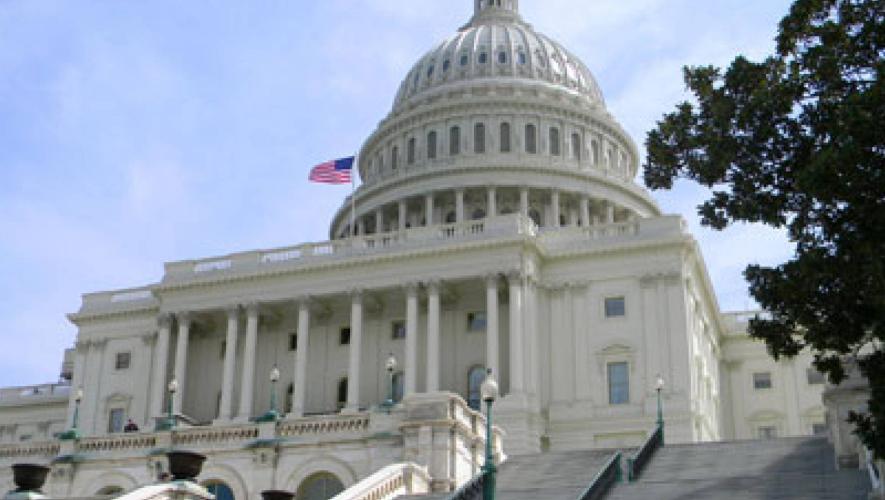NBAA is concerned that the U.S. Environmental Protection Agency’s proposed CO2 standard for aircraft emissions includes certain data-reporting requirements that don't align with global standards and would expose proprietary data.
The EPA released the CO2 proposal on August 20 in a move to regulate aircraft carbon emissions for the first time. The proposal would require new type designs to meet the prescribed standards for aircraft weighing more than 132,270 pounds on Jan. 1, 2020, and on Jan. 1, 2023 for turbojet aircraft weighing more than 12,500 pounds. In-production standards would apply beginning Jan. 1, 2028.
“With this proposed rule the EPA is moving toward a global initiative to adopt the ICAO CO2 standard,” said NBAA director of technical operations Stewart D’Leon, who submitted comments on the proposal. NBAA supports the effort, he said, but industry leaders are concerned with certain aspects that differ from the ICAO standard.
D’Leon pointed to EPA’s proposed requirement that manufacturers submit reference geometric factor (RGF) data, which would enable outside interests to access “highly commercially sensitive data” such as specific air range (SAR) points. With RGF data, competitors could easily calculate the SAR, he said. “That SAR data is proprietary and if that becomes made available to the public, then that’s a real concern for manufacturers,” he said, adding that the concern led to ICAO excluding this requirement.






